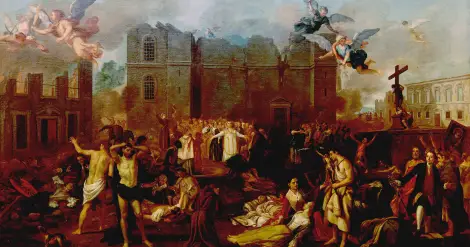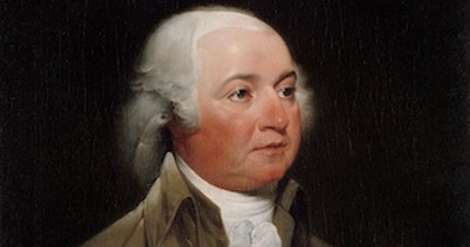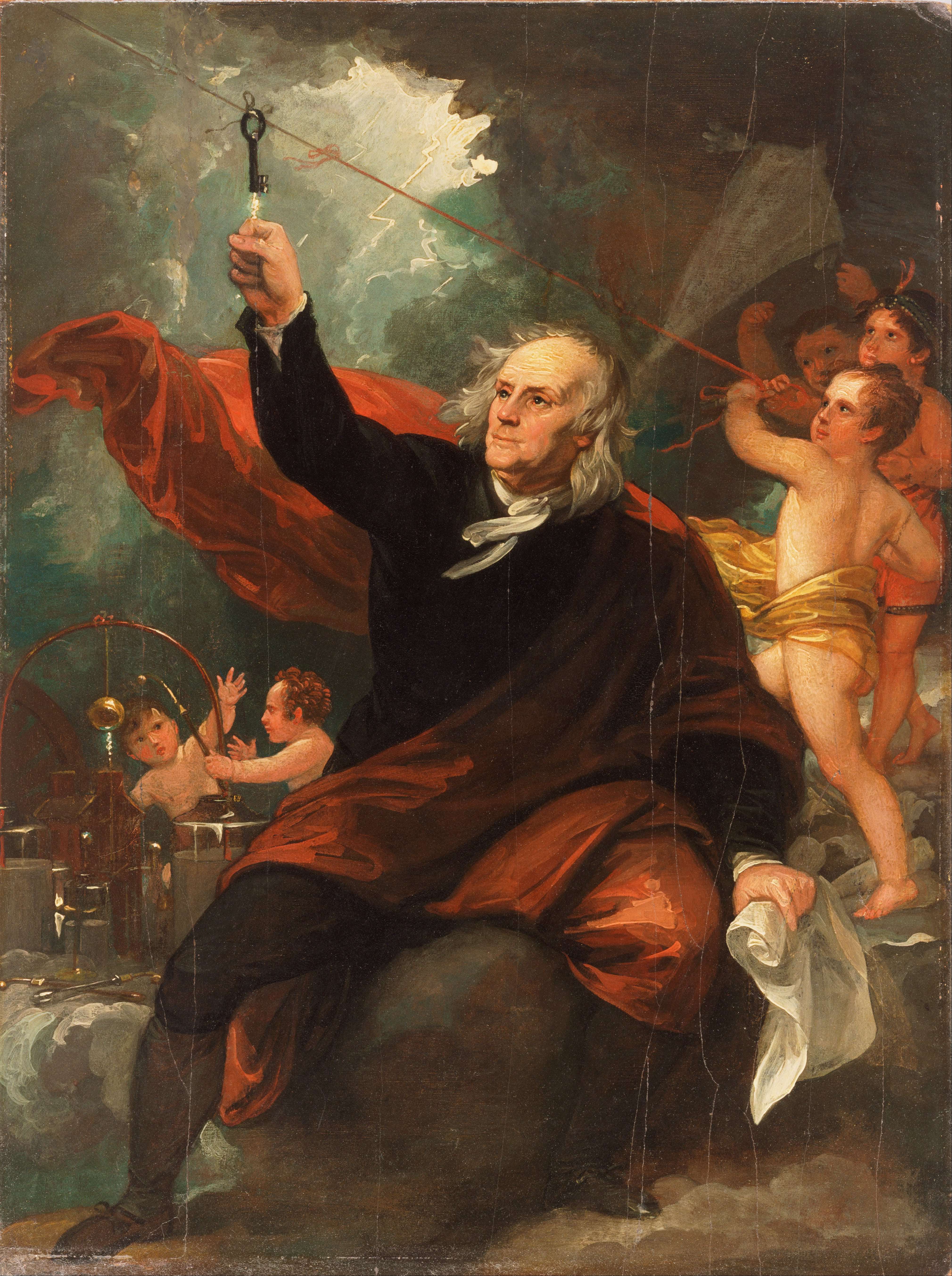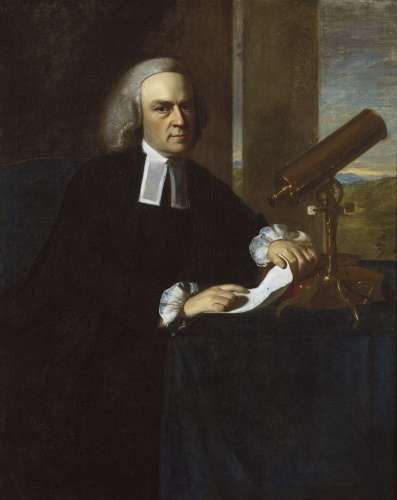The great 1755 earthquake was part of a series of earthquakes (probably related to each other) that wracked both sides of the Atlantic Ocean. It destroyed major parts of Lisbon in Portugal when a fissure as wide as 16 feet opened up in the city’s center, followed by a tsunami and fires.
In America a series of aftershocks jolted New Englanders, with one prompting a debate that would last for weeks over the causes of earthquakes.

Allegory of the 1755 Earthquake, by João Glama Strobërle
The jolt that shook up New England on November 18 was particularly jarring. Twenty-year-old John Adams in Quincy, future president and patriot, noted the earthquake in the very first entry in his legendary diaries:
“We had a severe Shock of an Earthquake. It continued near four minutes. I was then at my Fathers in Braintree, and awoke out of my sleep in the midst of it. The house seemed to rock and reel and crack as if it would fall in ruins about us. Chimnies were shatter’d by it within one mile of my Fathers house.”

John Adams
The 1755 Earthquake
Known as the Cape Ann earthquake because it was centered off the coast of Cape Ann, the 1755 earthquake was felt from Nova Scotia to Maryland. The strongest earthquake ever recorded in Massachusetts, it toppled thousands of chimneys and did extensive damage to homes and property.
Elsewhere, it prompted a debate about the theological implications of an earthquake. A similar debate broke out in 1727 when ministers had explained a large earthquake as God showing his wrath. The Massachusetts Bay Colony followed up with orders for fasting.
By 1755, however, a new technology would be swept up into the debate. In the 1740s Benjamin Franklin and others had advanced the study of lightning and electricity. As a result of their discoveries many buildings were fitted with lightning rods to safely direct lightning that might strike a building into the ground, avoiding damage to people and property.

Benjamin Franklin Drawing Electricity from the Sky c. 1816 at the Philadelphia Museum of Art, by Benjamin West
But following the 1755 earthquake, Boston Congregational minister Thomas Prince put forward a new theory of earthquakes. Prince had strongly argued in 1727 that God punished wicked mankind with the earthquake. In 1755 he updated his thinking. Surely, he conjectured, the use of lightning rods could cause earthquakes.
Lightning Rods
“The more Points of Iron are erected round the Earth, to draw the Electrical Substance out of the Air; the more the Earth must needs be charged with it,” he wrote in a pamphlet he published. “It seems very likely that this Electrical Substance . . . is a principal Instrument in producing Earthquakes.”
Prince suggested that Boston had experienced a more violent shaking from the earthquake because it had more lightning rods than other areas. (Damage was actually felt worst in buildings constructed on filled land.) All in all, the earthquake showed the folly of trying to outsmart God.

Thomas Prince by Joseph Badger
“O! there is no getting out of the mighty Hand of GOD! If we think to avoid it in the Air, we cannot in the Earth: Yea it may grow more fatal; and there is no Safety anywhere, but in his Almighty Friendship through CHRIST the Mediator, and by heartily Repenting of every Sin and hearty embracing the Saviour in all his Offices, and uprightly Living to HIM.”
The charge would not go unanswered. Just as the 1727 earthquake had inspired a debate over science vs. God in the matter of earthquakes, the 1755 quake did too.
John Winthrop Disagrees
John Winthrop, a Harvard College professor of mathematics and science, published a rebuttal to Prince’s proposition:
“The reigning mode of late has been, to explain everything by ELECTRICITY. . . Now, it seems, it is to be the cause of earthquakes,” he wrote. Winthrop argued that scientific inquiry was needed to better explain the causes of earthquakes, not reliance on fear.

Harvard’s second Hollis Professor of Mathematics and Natural Philosophy, John Winthrop. Courtesy Harvard Art Museums.
But Winthrop wrote and lectured on the topic because of his concern that Rev. Prince’s tract would discourage the use of lightning rods to protect buildings. The inspiration for lightning rods, he argued, might have come as a gift from God to spare people the effects of lightning strikes.
I cannot believe, that in the whole town of Boston, where so many iron points are erected, there is so much as one person who is so weak, so ignorant, so foolish, or, to say all in one word, so atheistical, as ever to have entertained a single thought that it is possible, by the help of a few yards of wire, to “get out of the mighty hand of GOD.”
The argument continued in newspaper letters and personal exchanges for four months before both men made peace with each other and agreed to disagree.
Thanks to: Lightning-Rods and the Earthquake of 1755, Eleanor M. Tilton. This story last updated in 2022.

1 comment
[…] 18 – The Cape Anne earthquake struck Massachusetts Bay area on November 18, 1755.** * […]
Comments are closed.